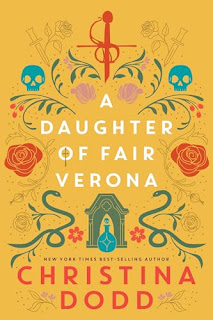Synopsis: For more than a decade after the Battle of Bosworth in 1485, Henry VII's fledgling dynasty was threatened by two Yorkist claimants. Lambert Simnel's rebellion, though short-lived, ended at the Battle of Stoke in 1487, a far bloodier affair than Bosworth two years earlier. The second rebellion, centred on Perkin Warbeck, ended in ignominious surrender but was the fulcrum of a power struggle involving the major European powers for most of the 1490s.
Who were these two men? Were they the imposters claimed by the King and generally accepted as such by most historians, or were they the nobles they claimed to be - Edward, Earl of Warwick and Richard, second son of Edward IV? What became of the other “Prince in the Tower”, Edward V? Were Edward IV's two sons really murdered by their uncle, Richard, Duke of Gloucester, or were both alive and involved in the two rebellions? Was there any link between the rebellions, or were they the last desperate and uncoordinated rolls of the dice by remnants of the House of York unwilling to accept the new Tudor regime? Do we really know what became of Simnel and Warbeck after their rebellions failed other than what Henry VII told us?
Part I of this book examines the evidence for the identity of Lambert Simnel while Part II recreates a courtroom trial for Perkin Warbeck allowing you, the reader, to act as jury.
~ ~ ~
The two stars are for the first part only - this was the study of Lambert Simnel, and whilst I was expecting something a bit more scholarly, this section was dealt with in an even-handed manner, providing a case for and against the various claimants.
HOWEVER, part two was a poorly executed shambles and had me asking WTF?. This smacks of laziness in an effort to reach a publication deadline and treats the reader with contempt.
Had this investigation into the Perkin Warbeck case continued in the same vein as part one, then this would be a three possibly four stars rated book.
This needs some serious re-thinking and re-editing before publication or your audience is lost.





























